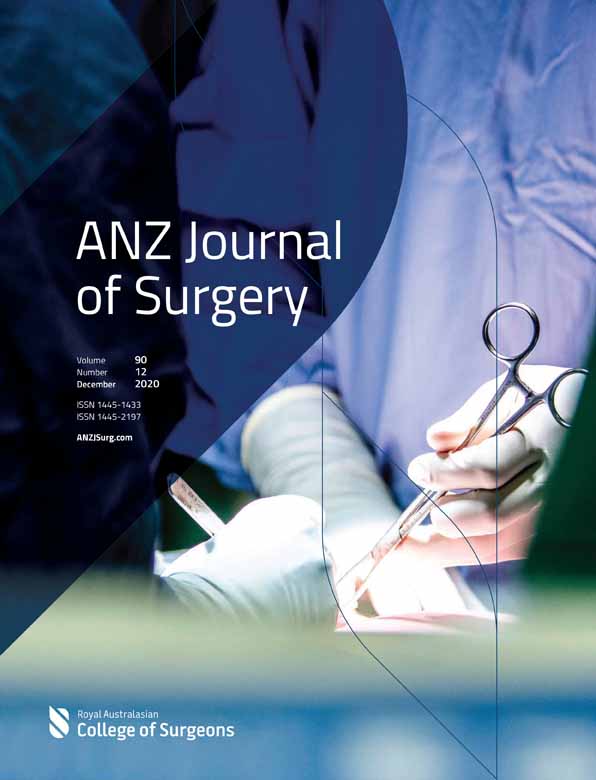Paediatric patient bleeding and pain outcomes following subtotal (tonsillotomy) and total tonsillectomy: a 10-year consecutive, single surgeon series
Abstract
Background
Subtotal tonsil surgery (tonsillotomy) remains a controversial procedure. We aimed to document bleeding rates and return to normal activity for total versus subtotal tonsil surgery in the paediatric population.
Methods
A 10-year cohort of 608 children from a single-surgeon series was analysed. Bleeding events were classified using the Flinders modification of the Stammberger criteria. Return to normal activity was defined as normal diet and return to childcare/school.
Results
A total of 8.3% of tonsil procedures and a subtotal of 1.8% of procedures had some kind of bleeding episode (P < 0.01; odds ratio 3.2; 95% confidence interval (CI) 1.3–7.6). When blood-stained sputum (type A bleed) was excluded, this dropped to 2.5% versus 0.3%, respectively (P < 0.05; odds ratio 8.5; 95% CI 1.2–96.0). Return to normal activities occurred at a mean of 11.1 (95% CI 9.7–12.5) versus 4.6 (95% CI 4.0–5.3) days, respectively (P < 0.0001).
Conclusion
In this 10-year single surgeon series, subtotal tonsillectomy or ‘tonsillotomy’ was associated with a significant reduction in both prevalence and severity of bleeding, in addition to a more rapid return to normal activities when compared to total tonsillectomy.
Conflicts of interest
ASC is a Consultant for Mylan, Nyxoah and Smith & Nephew.




